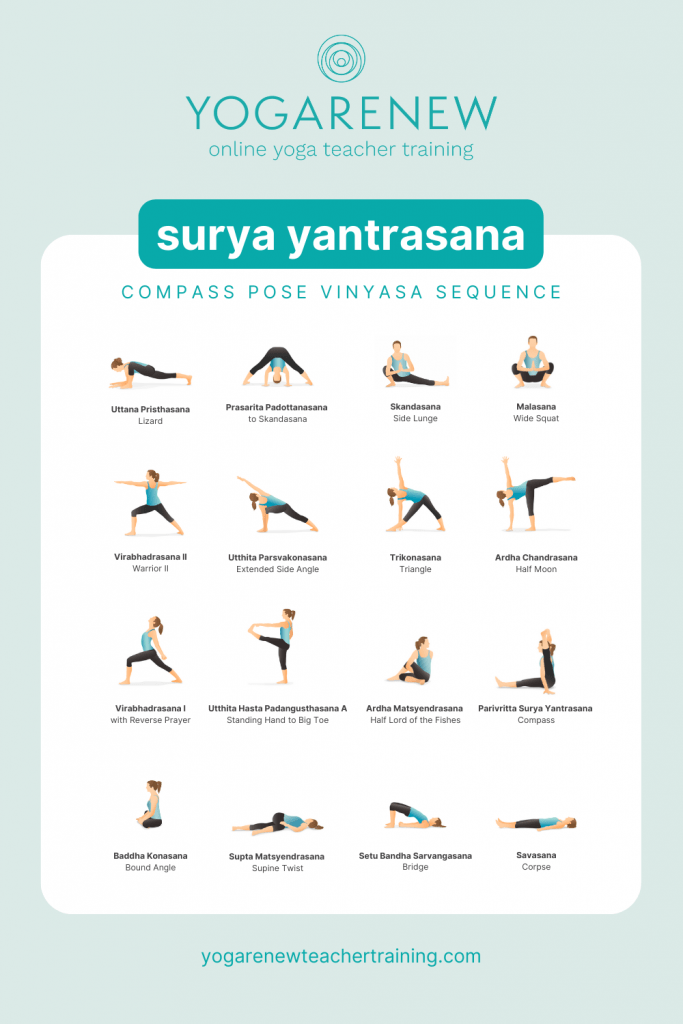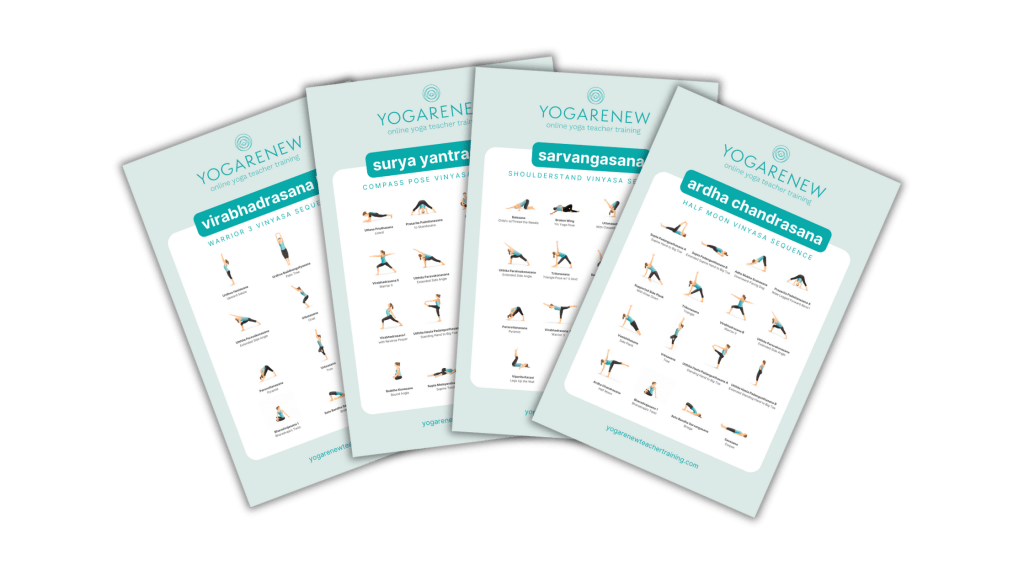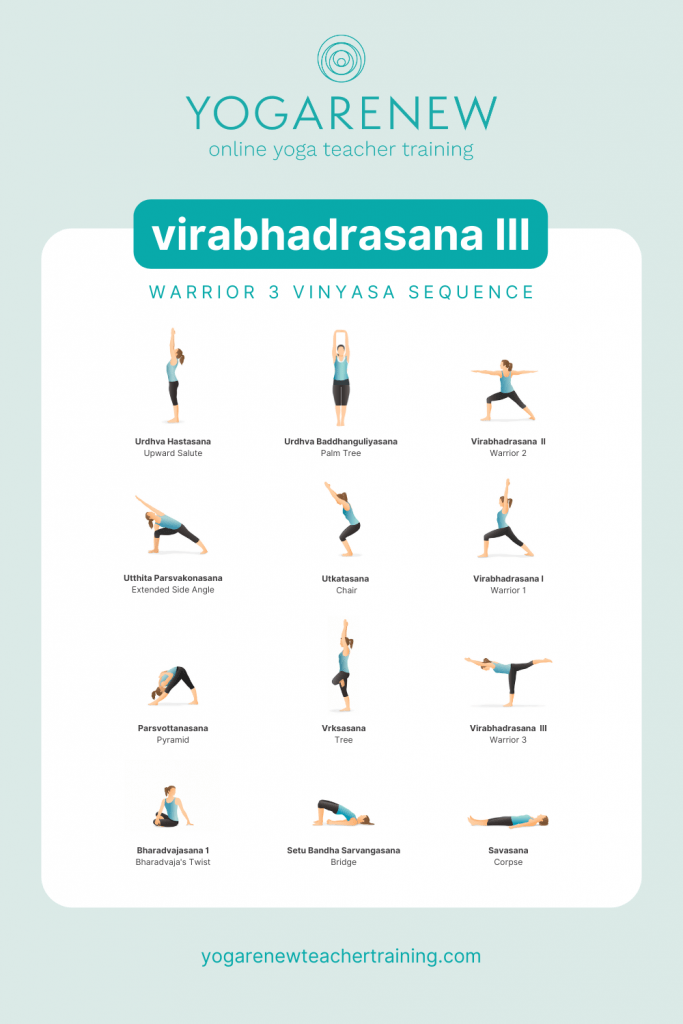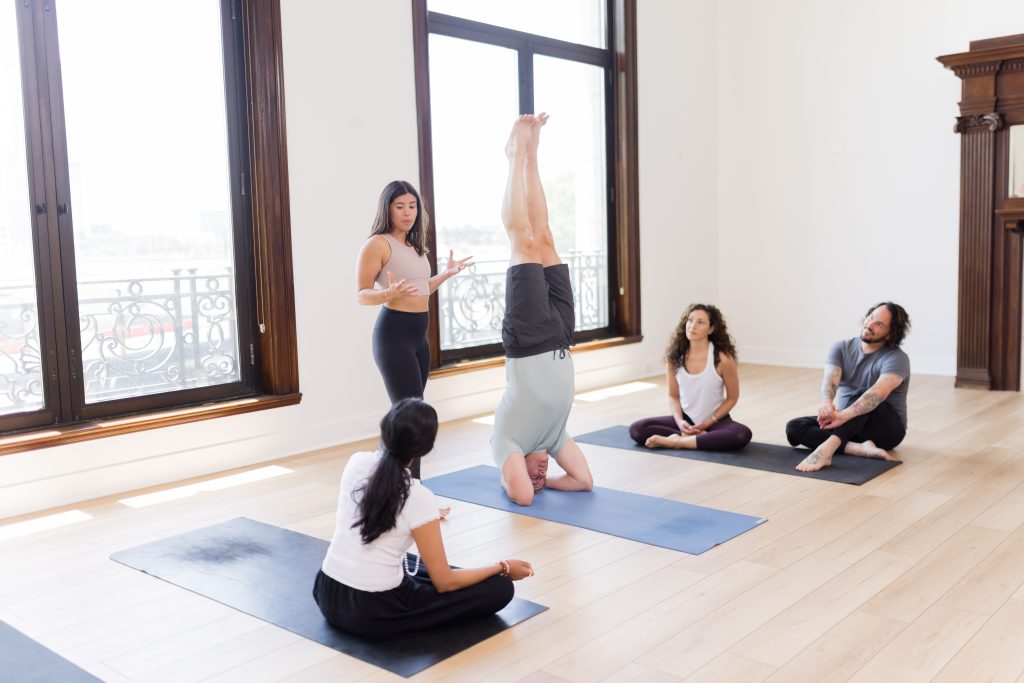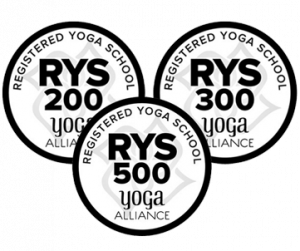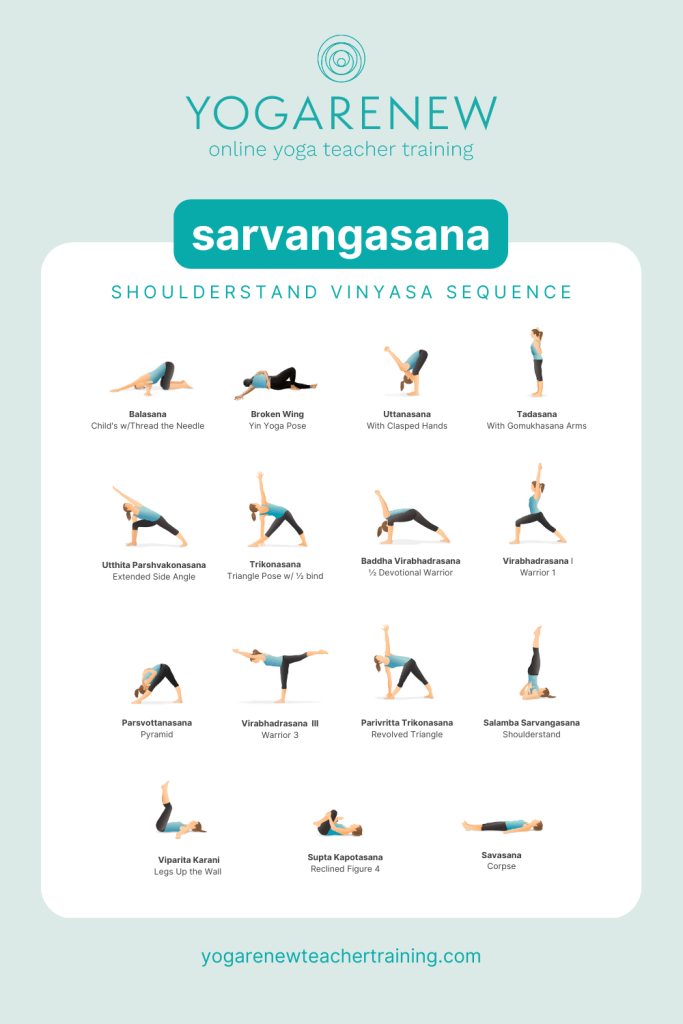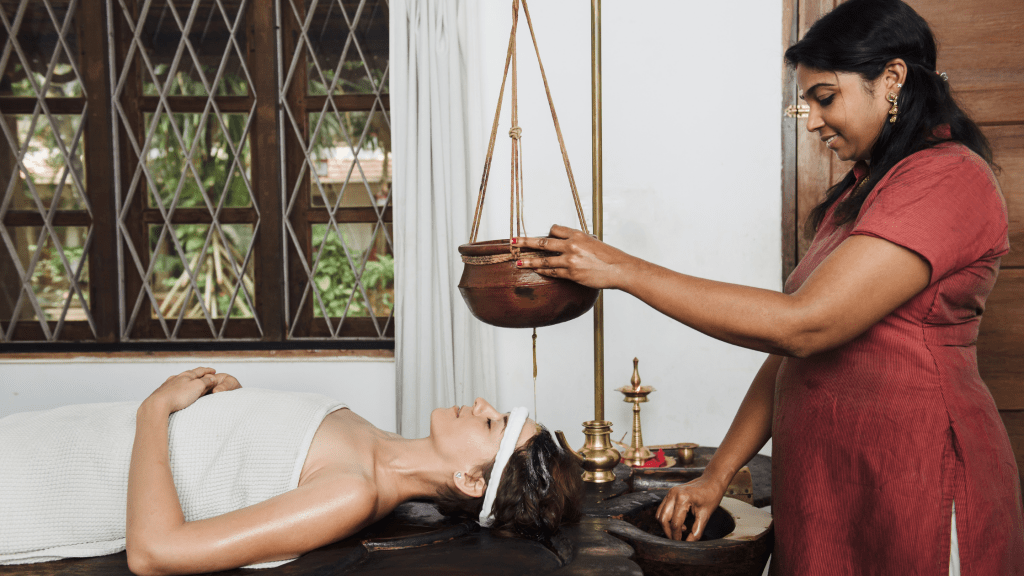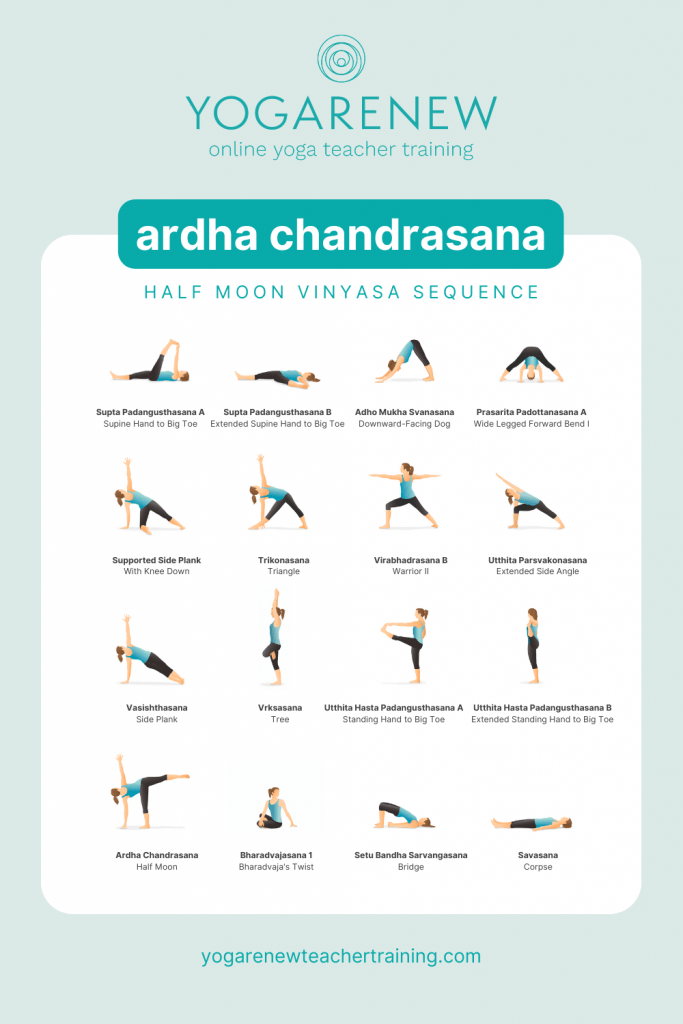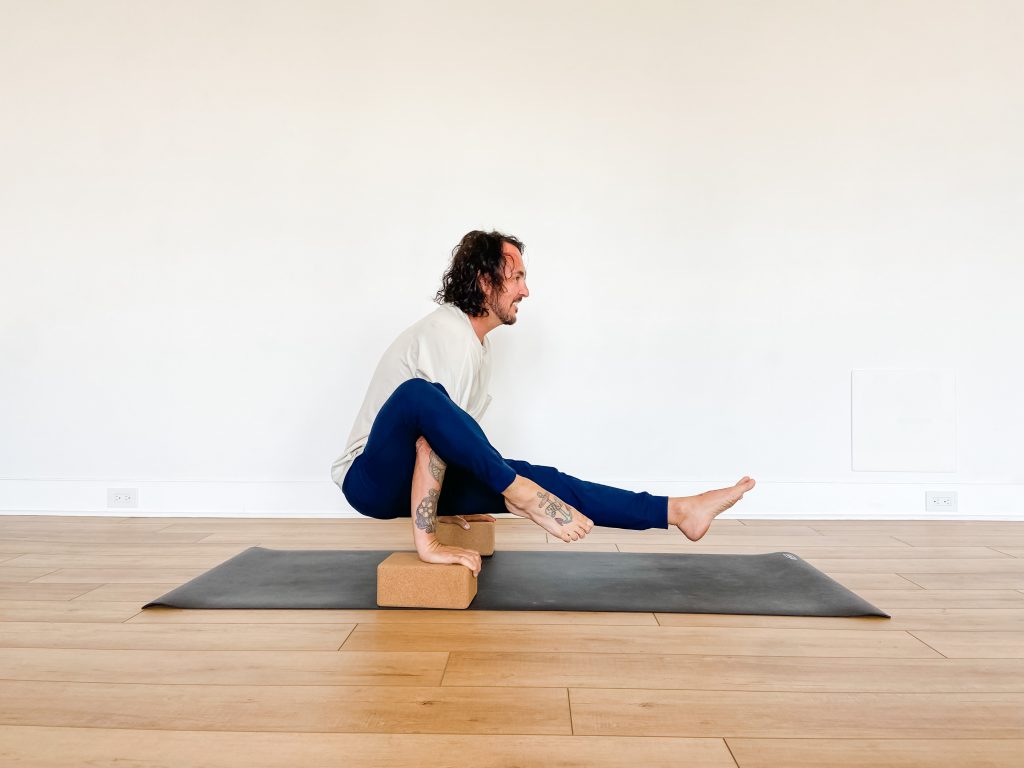
What Are the Different Types of Yoga?
Yoga is a complex and vast practice that’s evolved over time into a ton of different styles, each with their own benefits, target audience, and structure. Beginners might enter a yoga class to find a still, restorative practice or a flowing cardio work-out. It can be difficult to navigate! Whether you are an experienced yoga practitioner or a complete beginner, understanding the different types of yoga is essential to guide you along your yoga practice and find what works best for you.
Some of the more popular types of yoga you’re likely to see at your local studio might include Vinyasa, Yin yoga, Restorative yoga, Iyengar, Prenatal yoga, Aerial yoga, Children’s yoga, Power yoga, and Hot yoga. Here, we’ll take a look at each of these yoga styles in depth to examine their history, class structure, and benefits. These different types of yoga each provide a unique experience, so read on to gain some insight on what might be best for you! Now, let’s dive in!
Vinyasa Yoga
Vinyasa Yoga Introduction & History:
Vinyasa yoga is possibly the most popular yoga style in modern times. Vinyasa is a Sanskrit word meaning “to place in a special way,” and it refers to the conscious process of movement in which each pose is linked together along with the breath.
The modern practice of vinyasa yoga was developed out of Ashtanga Vinyasa Yoga created by Pattabhi Jois, which we will describe more below. But traditionally, vinyasa yoga traces its roots even deeper to the traditional practice of yoga within the Patanjali Yoga Sutras, created around 200 BCE.
Vinyasa Yoga Class Structure:
The structure of a vinyasa yoga class can vary greatly depending on the individual teacher or style but typical traits would include dynamic body movements, the use of sun salutations, a strong focus on transitions between postures and linking each movement with the breath. Vinyasa yoga style classes are often what people tend to imagine when they think of modern yoga practice.
Vinyasa Yoga Benefits:
Vinyasa yoga is an excellent yoga style for those looking to get more of a workout that emphasizes both strength and flexibility. The emphasis in vinyasa yoga on the breath is also excellent for strengthening the respiratory system and calming the mind.
Practice Vinyasa:
Yin Yoga
Yin Yoga Introduction & History:
Yin yoga is a style of yoga where postures are held for minutes at a time to target deeper connective tissue and joints within the body. Yin Yoga was founded by Paulie Zink, who came from a background of martial arts and Taoist yoga. In the 1970’s, Zink introduced his students of martial arts into Yin Yoga, as he believed the flexibility drawn from it had suitable applications in the martial arts field. It was further popularized by Paul Grilley who incorporated his knowledge of anatomy into the practice, and later by Sarah Powers who helped to bring today’s version of Yin Yoga mainstream.
Yin Yoga Class Structure:
Yin yoga classes typically involve a very small selection of poses, all of which are generally seated or reclined. Rather than moving quickly through postures like you would in a Vinyasa class, Yin poses are held for 1 minute or more – with poses sometimes held up to 5 minutes. The primary aim of yin yoga poses is to stress the fascia and stimulate the joints to improve mobility.
Aside from class structure, the names of yin poses are typically going to be unique as well to signify their difference from traditional yoga postures.
Yin Yoga Benefits:
There are a lot of great benefits within Yin Yoga. On a physical level, yin yoga is excellent for those looking to improve flexibility, support joint and bone health, and stimulate the layer of fascia that runs throughout our entire body. Yin classes provide a great balance to the “yang” lifestyle we see in the modern world.
Practice Yin Yoga:
Restorative Yoga
Restorative Yoga Introduction & History:
Restorative yoga is a practice that incorporates the heavy use of props to hold postures for a lengthy period of time to help the body recover, replenish and recuperate. In a restorative yoga class, every pose feels like a peaceful massage for the body, mind, and soul.
The practice of restorative yoga was first developed by B.K.S. Iyengar who was seeking out different ways that yoga could help him overcome personal illnesses he had suffered through-out his life. But it was actually Judith Laster who later took Iyengar’s techniques and formalized the practice into what we know as restorative yoga today.
For More Information See Our Post: What is Restorative Yoga?
Restorative Yoga Class Structure:
Restorative yoga classes are very slow and meditative, even more so than a yin yoga class. Each pose in a restorative yoga class is held for 5 minutes or longer, and props are used extensively to support the body to settle into a state of ease. The goal of each pose is to support the body so that the muscles can completely relax, allowing the nervous system to stimulate healing mechanisms within the body.
Restorative Yoga Benefits:
Restorative yoga works by bringing the body into a state of relaxation to activate the parasympathetic nervous system. We often refer to this as the ‘rest and digest’ mode rather than the ‘fight or flight’ mode associated with the sympathetic nervous system. When the mind and spirit are relaxed, then the body can enter into a deeper healing state, allowing your entire system to tap into a vital place of inner healing by strengthening the immune system and reducing muscular tension.
For more information on the differences between Yin and Restorative Yoga, you can see our post:
The Difference Between Yin Yoga and Restorative Yoga
Watch: What is Restorative Yoga?
Prenatal Yoga
Prenatal Yoga Introduction & History:
Prenatal yoga is a specific yoga style created to support and prepare women through pregnancy, delivery and postnatal. The birthing process can be incredibly taxing on the body and mind, and prenatal yoga uses the wisdom of yoga to support women as their body expands to birth new life and also assists in relieving the stress of this transformational time.
Prenatal yoga has been a part of yogic teachings for thousands of years. This practice can be traced back to Ayurvedic or traditional Indian medicinal healing methods to support women during pregnancy and preparing to give birth. Ayurveda and yoga have always been intimately connected, and the practice of prenatal yoga has been foundational in supporting the wellbeing of women for millennia.
Prenatal Yoga Class Structure:
Prenatal yoga classes are often community driven and are meant to provide a community for support as much as a place to practice yoga. Postures are gentle, slow and more tender than you’d see in other types of yoga. With prenatal yoga, its important to avoid overstretching the joints are more sensitive during pregnancy. Prenatal yoga classes also involve more modifications and props to support the body as it transitions through pregnancy.
Prenatal Yoga Benefits:
Prenatal Yoga promotes strength and flexibility on parts of the body that desperately need attention as they undergo incredible transformation. Prenatal yoga is also an excellent way to reduce stress and build a community of people sharing a profound experience together.
Practice Prenatal Yoga:
Iyengar Yoga
Iyengar Yoga Introduction & History:
Iyengar yoga got its name from B. K. S. Iyengar, who developed this unique therapeutic yoga style in the 20th century. Iyengar was one of the primary early yoga teachers who popularized yoga in the Western world and spread much of what we know about modern yoga around the United States and Europe.
Iyengar began his journey into yoga under the tutelage of Krishnamacharya, often called the father of modern yoga. Iyengar then took his teachings from the shala in Mysore and traveled to the United States to share his unique system of Iyengar yoga with the world.
Iyengar Yoga Class Structure:
Iyengar yoga classes are famous for the extensive focus on alignment in each pose with longer holds in both seated and standing postures. The unique sequencing of Iyengar yoga classes and extensive use of props make this yoga style stand out from the crowd and provides therapeutic benefits for the body, mind, and soul.
Iyengar Yoga Benefits:
Iyengar yoga is a highly structured, alignment-oriented yoga style, making it an excellent option for those looking to improve their practice with an emphasis on posture and alignment. Classes help to build strength, flexibility, and stamina.
Aerial Yoga
Aerial Yoga Introduction & History:
Aerial yoga is a creative and exciting yoga style that incorporates aerial arts using silk fabrics or ropes that extend from the ceiling as a support during the yoga practice. This acrobatic yoga style may look complicated and overwhelming, but it can actually be quite accessible to beginners with the proper guidance.
Aerial yoga is a combination of yoga and aerial arts that was created by Christopher Harrison in 1991. With his background as a choreographer and gymnast, he combined his passions into one to create the fun style of aerial yoga that we know and love today.
Aerial Yoga Class Structure:
Aerial yoga classes can vary significantly in the speed, style, and intensity of the class. Depending on the individual teacher or class focus, aerial yoga classes can be slow and meditative, or they can be more energizing and activating, providing an excellent workout. Regardless, you will undoubtedly have some fun on the aerial silks and experience what it is like to hang upside down!
Aerial Yoga Benefits:
Aerial yoga is a combination of the many benefits that yoga provides with the excitement of aerial silks. Along with providing increased strength and flexibility, aerial yoga can also reduce the impact of joint pressure or spinal compression, which is common in floor exercises during a yoga class.
Children’s Yoga
Children’s Yoga Introduction & History:
Children’s yoga is a specific style of yoga that is targeted to the level of children at various ages. By practicing children’s yoga, kids can get an exposure to the many benefits that yoga provides without it being overwhelming or confusing. Children’s yoga teachers are trained to bring yoga to the level of the individual child.
Children’s yoga has its roots in ancient yoga practice. In traditional Indian culture, children practiced yoga in some form essentially since birth, with their parents stretching and massaging their bodies. Children’s yoga is essentially any yoga style that is adapted to meet the developmental needs of a child.
Children’s Yoga Class Structure:
Depending on the specific age group, children’s yoga classes may involve more games and playtime. However, with older children, a children’s yoga class may look very similar to that of an adult, but it typically involves shorter holds in the poses and less emphasis on meditation or complex practices.
Children’s Yoga Benefits:
With the sensitive developmental period during childhood, children’s yoga is an excellent practice to support a child through the mental and physical demands of their growth. Children’s yoga can improve focus, reduce stress, calm anxiety, and support brain development. Physically, children’s yoga can improve strength and flexibility, support immune function, and build body awareness skills.
Ashtanga Yoga
Ashtanga Yoga Introduction & History:
Ashtanga yoga is a rigorous style of yoga practiced with a specific set of sequences. The name Ashtanga is derived from the Yoga Sutras of Patanjali, referring to the 8 limbs of yoga. Pattabhi Jois is responsible for bringing this practice to the western world.
Ashtanga Yoga Class Structure:
Ashtanga yoga follows a highly rigid series of poses that are interlinked with sun salutations. There are six series in total with students progressing through series over time. In addition to asana, the practice emphasizes breathwork, meditation, and mantra chanting as an essential component of the practice. It is similar in nature to Vinyasa classes, however Vinyasa allows for more creative sequencing whereas Ashtanga follows a more rigid structure.
Ashtanga Yoga Benefits:
Due to the intense physical nature of ashtanga yoga, this practice provides an incredible workout. It is an effective way to build strength and flexibility. Ashtanga yoga is also calming for the mind, strengthens the respiratory system, improves digestion, and sharpens mental focus.
Hot Yoga
Hot Yoga Introduction & History:
Hot yoga is a lot like what it sounds like – it is yoga done in a heated space! Hot yoga studios have exploded recently because they are an excellent way to facilitate your yoga practice by loosening your muscles and increasing the physical intensity of the practice.
Hot yoga owes its roots to the popular Bikram yoga practice created in the 1970s. After the infamous Bikram fell from favor in the yoga community, the practice of hot yoga remained a standard practice found in cities all over the world.
Hot Yoga Class Structure:
Hot yoga classes are defined by their heat with temperatures going up to 100 degrees Fahrenheit. The heat is meant to help the muscles relax to encourage better flexibility and to increase sweat levels.
Hot Yoga Benefits:
Hot yoga builds the heat in your yoga practice, exponentially increasing the benefits of yoga for your physical health. The heat can help to burn calories faster, encourage flexibility and increase sweat levels. Additionally, this practice is profoundly calming for the mind and spirit.
Interested in learning more?
Understanding the different styles of yoga is an essential step for any yoga student and yoga teacher alike. With the many yoga styles in existence, it can often feel confusing to determine which yoga style you should practice. An excellent way to begin is to experiment with different styles and teachers and find what works best for you. The more that you explore the various yoga styles, the better understanding you will have of your personal preferences.
In our online yoga teacher training courses, we support you on this path through the yoga styles by guiding you on the fundamentals of each yoga style. Our multi-style training will give you the tools to build a strong foundation in your personal yoga practice and begin offering classes to others from various yoga styles. So, if you are interested in becoming a yoga teacher, don’t hesitate to reach out to us today and join our online yoga teacher training courses at YogaRenew!


